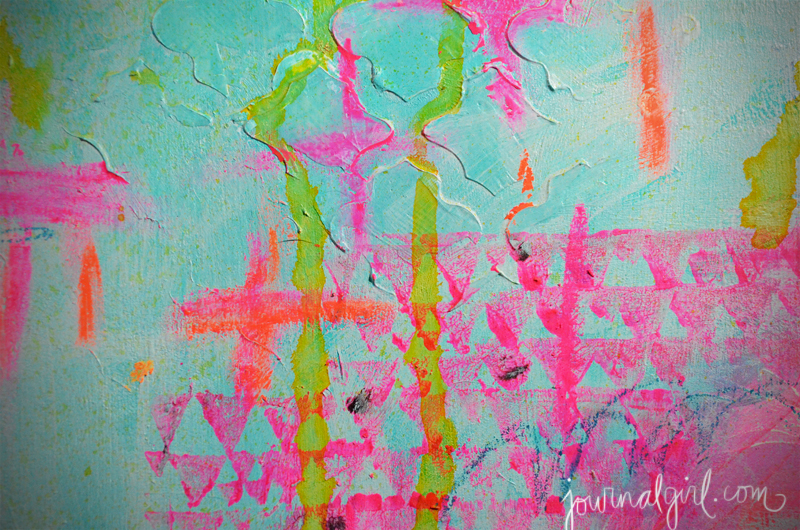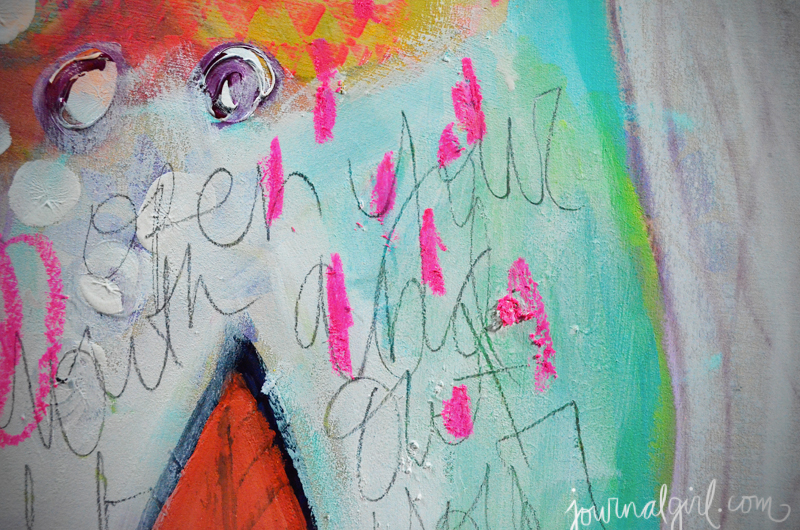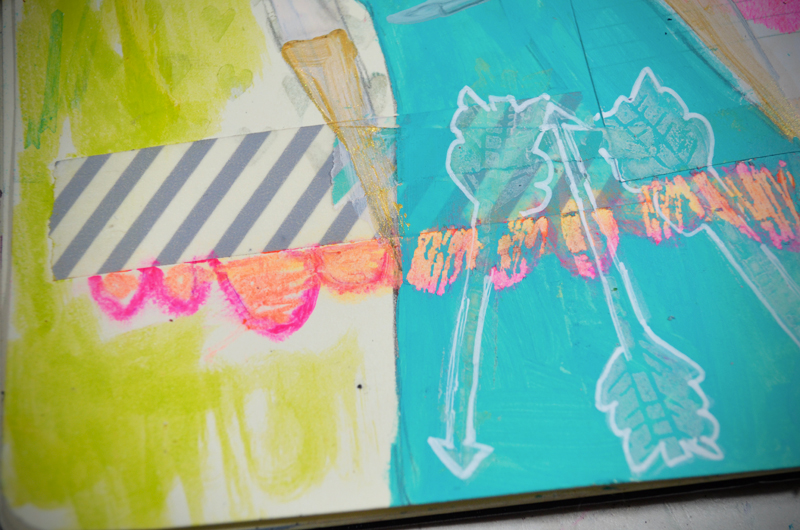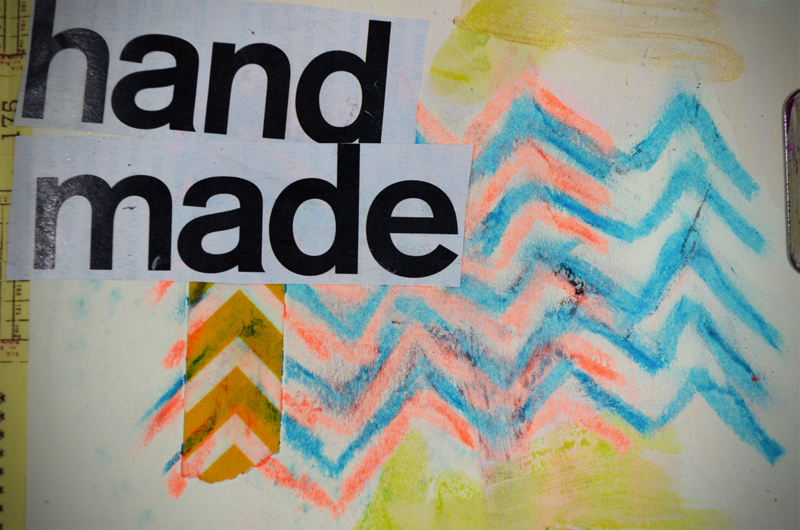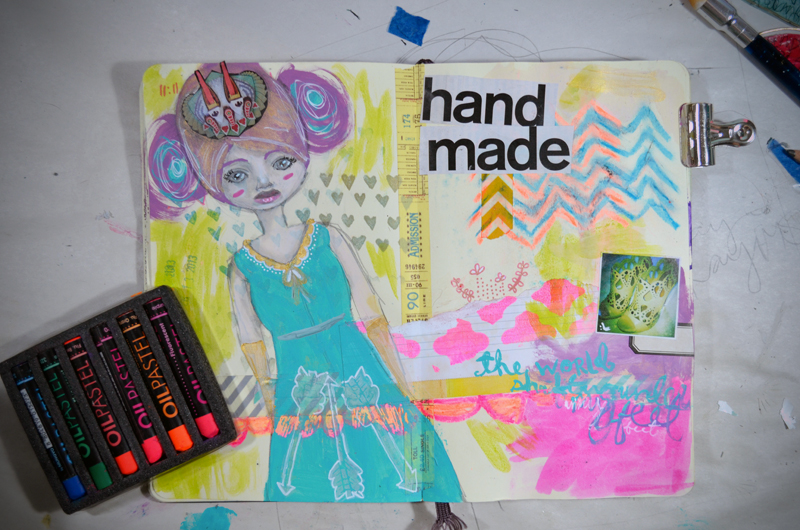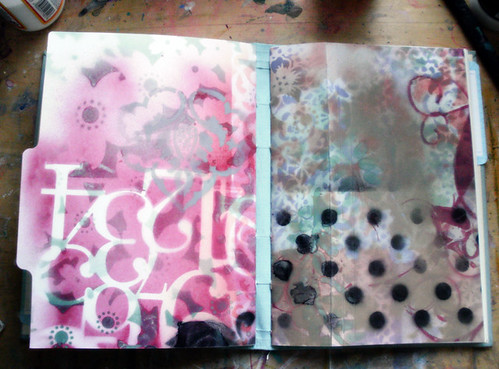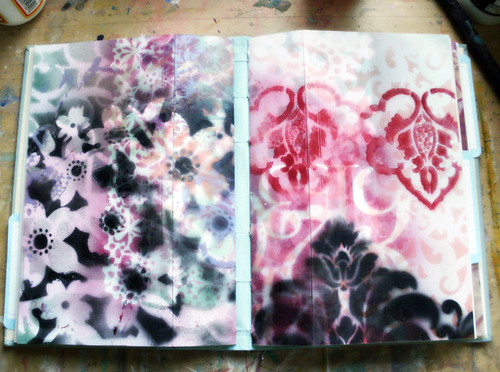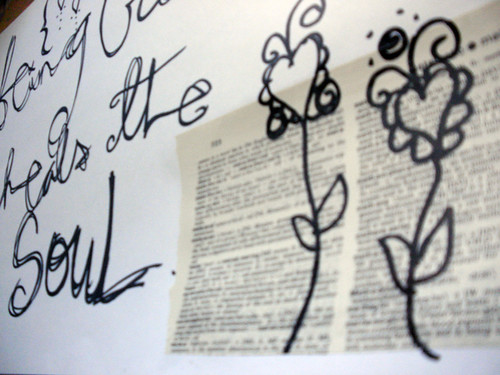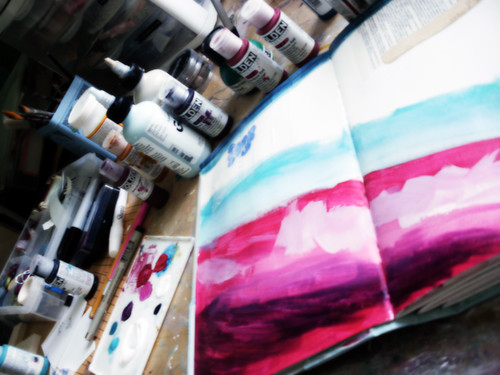
While I’ve been open about my living with FMS, and told a bit of my story, I thought I’d go more into what life — daily life — with FMS is all about. You can read on Wikipedia, or other FMS-centric websites as to the specifics of the disease, but that doesn’t relate the reality of what living a life with it is really all about.
My Story
When I was 14, the heel of my dressy shoe got caught on the edge of track lights and I took a tumble down the stairs. Most people were trying to find their seats, and there I was, falling, my weight landing on my left leg as the edge of a table slammed into me so hard, I had a bruise for over a year and a half.
It looked like one man was going to catch me. At the last moment, he decided it wasn’t important enough for him to stick around, and he headed another direction.
I spent the show with an ice pack on my ankle and was “requested” to sign a document that said I wouldn’t sue the show venue.
I did, unaware of just how much damage had been done.
While Fibromyalgia Syndrome (FMS) is thought to have a genetic component — and mine certainly does, with two aunts living with the disease as well — many report that an accident or injury is what “jump started” the long road down diagnosis lane. That sprained leg — ankle, knee, and hip — and shifted jolt to my hip (that has developed into severe bursitis) that kept me out of school for a month is what, finally, catapulted me into the revolving door world to seeking a diagnosis.
I knew something was wrong. I was in constant, unending pain. I was tired all the time despite sleeping normal hours. I walked with a limp though high school. So many complications and health issues arose that made me think I was going crazy. I must have cancer, or some other unseen disease that was slowly killing me.
It takes years to find a diagnosis, and even then, it doesn’t do much for you. I’ve been on so many medications, I can’t remember them all. Things that have worked and things that haven’t. Exercises, specialists, MRIs, X-Rays.
None offer comfort, and having a label to apply doesn’t magically present a cure.
Being Diagnosed
The truth is, there is no cure. Being diagnosed with FMS can be frightening and confusing, and doctors don’t do much to fully explain things to you. Your best resources is a local or online support group (I run two online, one of which you can join at The Studio) because those are the people who are going to tell you to you straight: there’s no cure, but there are ways to live a productive, joyful life despite this life sentence hanging over your head.
Which meds to try and what kind of diet to eat (the less processed food, the better. As well as less sugar, no HFCS, and cut down on the caffeine). What exercises will be easy and which should be avoided. How to deal with family and friends who may not understand that just because you don’t look sick doesn’t mean you’re not.
A day in the life...
I don’t remember a day without pain.
As I sit here, writing, My body’s overwhelmed. It’s just one of those days, when every movement brings about another reminder of my FMS and my only comfort comes from a heating pad and comfortable couch. My thoughts are running crazy. I’ve lost my train of thought about five times since I started writing this, and my energy’s waining.
Some days, I can’t even get out of bed. Others, I can spend a good hour or two in my studio, painting and playing, before my back starts screaming and I need to rest. Naps are fun, but mess with my chronic insomnia and only have me staying awake longer and longer.
I forget a lot, because of the fibro fog, which makes running a business very difficult (so don’t take it personally, please, if I don’t reply to an email, or forget to post something) and keeping appointments requires a few people reminding me and alerts on my phone.
Life with FMS can be difficult and costly and unpredictable. I can’t even count on my hands how many times I’ve had to cancel appointments and hanging out with friends and events because I’m just not able to do it.

Art saved my life.
When I discovered journaling, I was a deeply depressed, suicidal woman in college wondering if my life was ever going to be more than a constant struggle of doctors and meds and pain. Pain pain. I was trapped in this swirling vortex and there was no light in my tunnel. I was stuck in the center and hopeless.
Losing hope is the worst thing in the world.
And then I found journaling.
It was easy. I could do it from the couch, in bed, wherever I was. I didn’t need fancy things. My journals started as drawings, then progressed as I learned more and more about myself and supplies and color.
And magic.
I found magic between those pages. I don’t know when, exactly, this happened, but it’s there, sparkling and loving and all-encompassing. It distracts me when things get too bad. It gives me an outlet when all I want to do is cry. My journal is a hug that is always there, that I never need to ask for. My paintings show the true me, the one buried under all this inside.
Awareness = Understanding
So the next time you hear someone say they have FMS, ask if you can give them a gentle hug. Don’t get angry if they say they can’t hang out or need to cancel. Bring them a treat when they’re feeling low. Don’t worry about what they look like, but ask how they feel. And care about the answer.
They’ll love you for it.
Friendship & Kindness
Just a last note. Many of my friends have a disease of some sort, and their empathy comes from that. I’ve had friends in the past, people I call “typicals,” who have thought my issues were fake, that I was crying out for attention. That looked down on me, or took it personally. But I’ve also had friends — my best friend — who always asked if I was okay. Who was cool with just hanging out and watching tv. Who never made me feel bad or guilty. She saved me by accepting me as I am and I have tears in my eyes just thinking of her kindness.
So if me posting allows you to be just that much more understanding, if anything you simply give a little kindness, I weep in joy for the woman (or man!) you touch.
Understanding begins with awareness. If you’d like to learn more, please visit one of the websites below, leave a comment, or send me an email. I’m more than happy to answer questions or offer support.
But You Don’t Look Sick
The Spoon Theory
National FMS Foundation
Fibromyalgia Support

